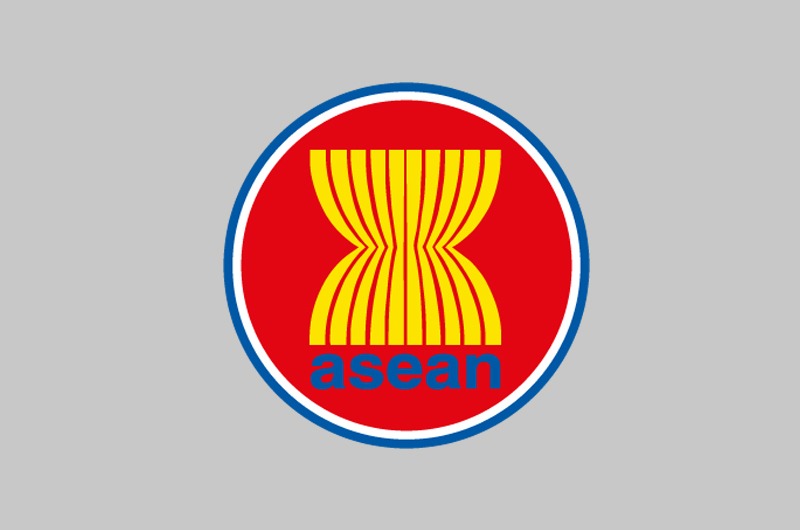Founded on the 8th of August, 1967 in Bangkok, Association of Southeast Asian Nations (ASEAN) originally had five member countries, namely Indonesia, Malaysia, Philippines, Singapore, and Thailand. The present membership of ASEAN extends to ten nation states; Brunei, Darussalam, Cambodia, Indonesia, Laos, Malaysia, Myanmar, Philippines, Singapore, Thailand, and Vietnam, including one observer nation, Papua New Guinea.
Regional stability by means of joint endeavours in the socio-economic as well as cultural sphere form the cornerstone of the fundamental principles of ASEAN. The ASEAN Heads of State and Government in 1995, proclaimed that,“cooperative peace and shared prosperity shall be the fundamental goals of ASEAN.”
In recent years plenty of challenges have surfaced for the member states to surmount as an association. Some of the issues that have raised pertinent questions regarding the influence and powers of the association are territorial disputes between certain members like the South China Sea issue that involves Brunei, Malaysia, Philippines and Vietnam along with China vis-a-vis power struggle and conflict of interests.
Other issues broadly revolve around sustainable business models, governance concerns relating to co-operative business enterprises, inclusive and balanced growth, to name a few.
Recently, in a virtual meeting of ASEAN chaired by Deputy Minister of Foreign Affairs Nguyen Quoc Dung, where all the high officials of the group participated, the emphasis on building a prosperous and strong ASEAN community remained the highlight. In the light of myriad challenges posed by the pandemic situation, the need for a strong assertion of co-operative and successful alliance between the member states remained the “top priority” of ASEAN, as re-affirmed by the officials.
Amongst the top agendas were the interim assessment of the ASEAN Community Vision 2025 execution, the ASEAN Charter, and preparatory discussions for building the ASEAN Community Vision post, 2025.
The officials pledged to extend full cooperation to Vietnam, the Chair of ASEAN 2020 and spoke highly of the ASEAN forum on sub-regional development that Vietnam managed to successfully organise in Hanoi on July 14. The theme for the forum was “Converging Mekong sub-regional cooperation with ASEAN goals”.
Talking about the foreingn relations with the bloc’s partners, it was agreed that the need of the hour is a more axial role of ASEAN. The officials also ushered in the operation of ASEAN Fund for COVID-19 response and deliberated upon further measures to incorporate for the comprehensive tackling of the post-pandemic recuperation.
They also acknowledged that the role of ASEAN 3+ becomes central in the collaborative endeavours to weather the storm that the world is faced with at this time and revive the economy post the crisis.
The focus would remain regional financial cooperation endeavours and working towards a more self-reliant economic model. The discussion also revolved around the strategic importance of the East Asia Summit (EAS) to confront the rising challenges in the new international phase of development.









